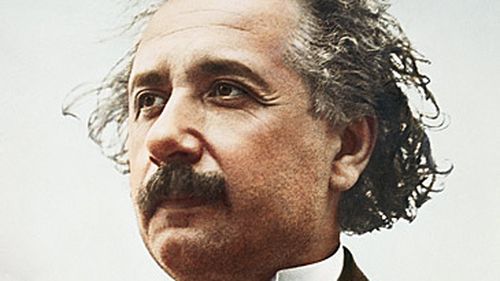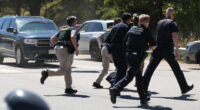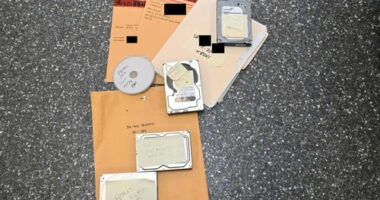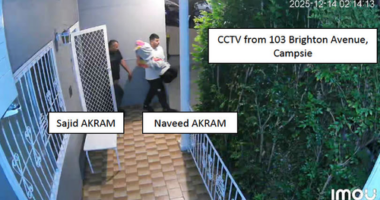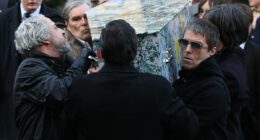Share this @internewscast.com
Astronomers have observed a black hole collision with unprecedented clarity, providing the sharpest view yet of these cosmic phenomena and validating predictions made by renowned physicists Albert Einstein and Stephen Hawking.
The phenomenon, termed GW250114, was identified in January using the Laser Interferometer Gravitational-Wave Observatory (LIGO) — comprising two identical facilities located in Livingston, Louisiana, and Hanford, Washington.
The instruments detected gravitational waves, faint ripples in space-time produced by the two black holes slamming into each other.

“If Hawking were alive, he would have been thrilled to witness the expansion of the merged black holes’ area,” Thorne commented about the respected physicist, who passed away in 2018, regarding the new insights.
It’s remarkable how this seminal, theoretical work is being confirmed decades later with advanced instruments, Isi said.
He further noted that confirming Hawking’s equation might impact the quest in physics to reconcile the generally opposing theories of general relativity, which explains gravity, with quantum mechanics, pertinent to the atomic realm.
“LIGO has created an entire new branch of astronomy. It has revolutionized what we think about compact objects, black holes in particular,” he said.
“Before LIGO turned on, people weren’t even sure that black holes could merge and crash and form in this way.”
Gravitational waves are extremely faint, making the effort to detect them comparable to searching for a needle in a haystack, stated Emanuele Berti, a physics and astronomy professor at Johns Hopkins University, who was not part of the research.
He described the LIGO detectors as “hearing aids” that help with this process.
“A dedicated team of scientists has worked over the past decade to refine these detection instruments, allowing us to ‘hear’ these signals with much greater precision,” he mentioned in an email.

Disastrous launch of absolute leader’s warship revealed from space
“We can now test fundamental principles of gravity that we could not test ten years ago.”
Among these principles, he added, is the idea that black holes are the simplest macroscopic objects in the universe.
The level of detail in the “ringing” produced by the GW250114 collision means scientists can say with confidence that the final object is consistent with the black holes predicted by Einstein’s general relativity, which Berti says is “terribly exciting.”
Leor Barack, a professor of mathematical physics at the University of Southampton in England who was also not part of the study, noted that among the more than 300 black-hole merger events recorded by LIGO, the latest one stands out as “particularly spectacular,” and calls the new study a long-awaited analysis.
Scientists were able to extract two of the “pure tones” of the remnant black hole as it settled into its final form, Barack added.
“This included, for the first time, a clear extraction of the first ‘overtone,’ a fainter harmonious sound of the ringing hole, in addition to the primary tone,” he said.
“This kind of test is the most precise to date, by a long margin.”
The study represents a significant milestone in gravitational wave astronomy, said Macarena Lagos, an assistant professor at the Institute of Astrophysics of the Universidad Andrés Bello in Chile. Lagos also was not involved with the work.
She agreed that the detection of a second tone in the “ringing” black hole is particularly significant, adding that GW250114 demonstrates the success of LIGO’s ongoing improvements and shows that gravitational wave detections can test fundamental physics in ways never before possible.
“While current tests of gravity still have broad uncertainties, this work lays the groundwork for future detections” of even better quality expected in the coming years, Lagos said in an email.
“These future observations promise to provide more precise tests of our understanding of spacetime and gravity.”
